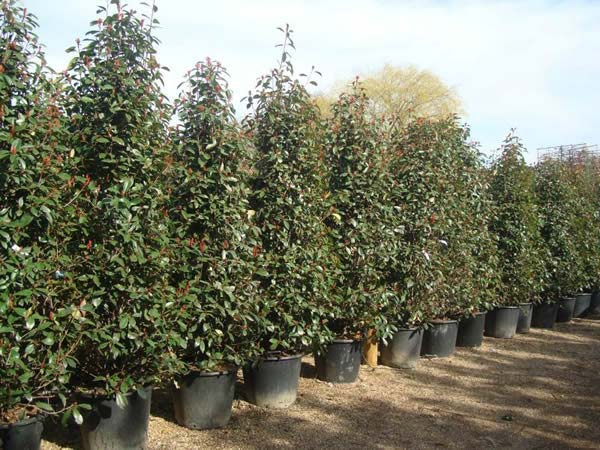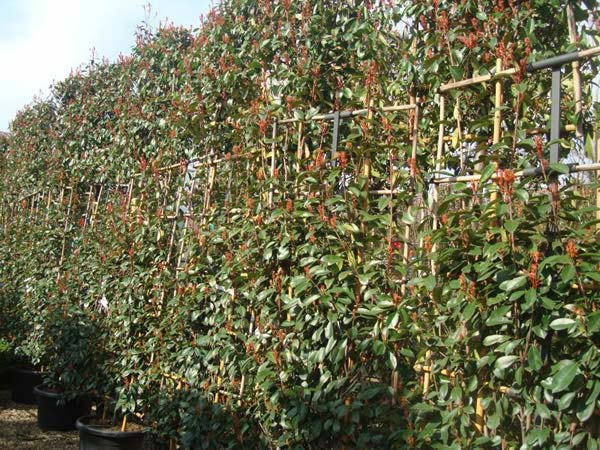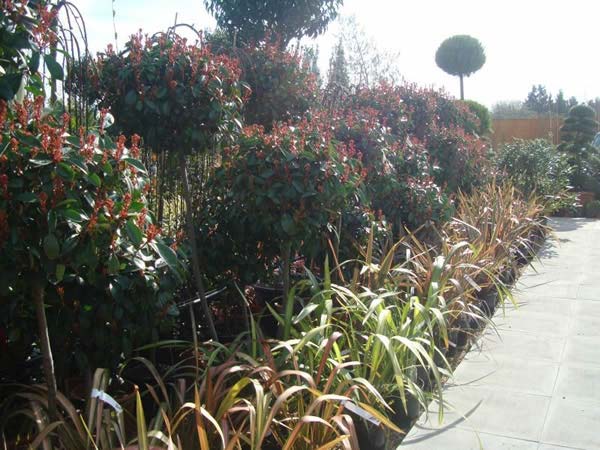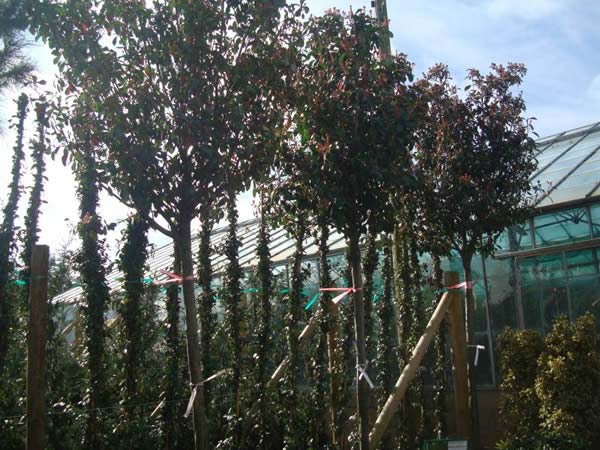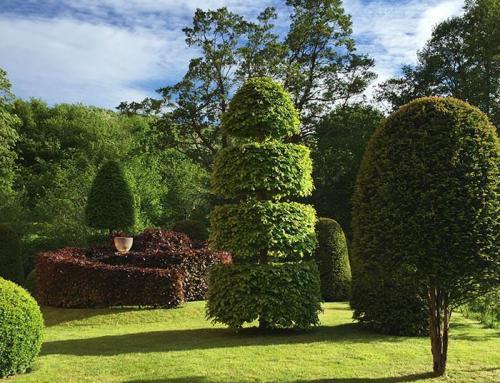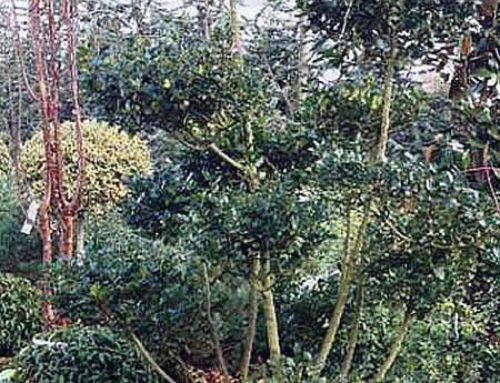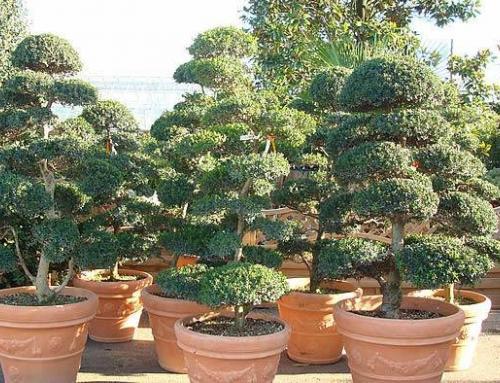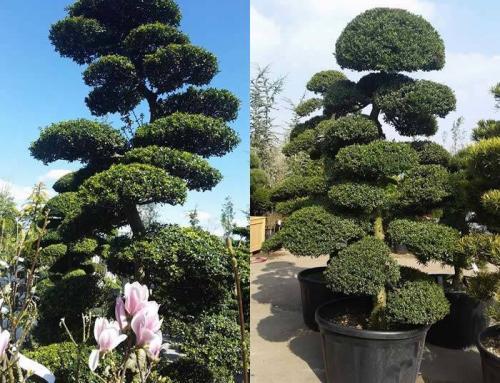Photinia Red Robin Topiary and Hedging Plants
Photinia Red Robin is a very popular evergreen shrub and has many uses in the garden. It is sold either as an ornamental shrub, as hedging, as a tall tree for evergreen screening or shaped as topiary.
The main reason for its popularity is because it is such an attractive evergreen. When the new foliage arrives in late spring to early summer the leaves are brilliant red and these leaves stay on the plant for most of the season until the leaves turn green again in late winter.
Sometimes photinia produce large white flowers in the summer months. Flowering is more common if the plant is in full sun rather than a shady position. It is usually recommended to cut away the flowers after they have been on the plant for a month or so as the flowers do take a lot of energy from the plant during its growing season. If the flowers are not trimmed away the plant will be less dense in that area.
Another reason photinia is popular is because it is such an easy plant to grow even for the most inexperienced gardener. It is has growth of approximately 30cm per annum and ideally should be lightly trimmed once a year to keep its dense appearance.
Photinia grows in moist, well-drained soil in sun, shade or partial shade. They are not a drought-tolerant plant so Photinias not like to dry out in the hottest months of the year. Symptoms of drying out would be the leaves turning brown, drooping or falling off. They also like well-drained soil but should not sit in too much wet as this will also produce similar symptoms with the leaves falling away.
Occasionally black spots will appear on the leaves of photinia this is usually caused by extremes of cold weather rather than disease. The new foliage which appears in late Spring never has black spot and the old leaves can just be removed and disposed of once the new foliage appears.
Feed Photinia about 4 times a year with an all-purpose liquid or granular feed between end of April and end of August.
These plants can be easily shaped and are often one of the most popular topiary plants because it can also be left in a pot provided the watering is monitored over the hottest months. Lollipop shapes known as quarter standard trees, half standard trees, full standard trees, cloud trees or pyramids are some of the shapes available.
It is ideal for hedging as it has medium growth and remains dense even if it has not been trimmed for a couple of years. Ideally it should be trimmed once each year. The maximum heights of the hedging do not get much taller than around 5-6m but once it reaches 3m in height it does take some years to reach its maximum height.
Very useful as well as a full standard tree for evergreen screening above the fence line. The clear stem of the Photinia full standard tree is usually around 2m height plus the height of head of the tree which is usually available around 1.5-2m (ie overall heights around 3.5-4m).
With it’s many uses Photinia is a stunning-looking plant for any garden and has the added advantage of being easy to grow.

